Cooking often involves experimenting with flavors and textures, but not all ingredient combinations lead to a culinary masterpiece. Some pairings can result in odd flavors, undesirable textures, or even digestive discomfort. Whether you’re new to the kitchen or a seasoned chef, it’s important to know which ingredients simply don’t belong together. Here are 12 ingredient combinations to avoid for better-tasting, safer, and more enjoyable meals.
1. Milk and Citrus
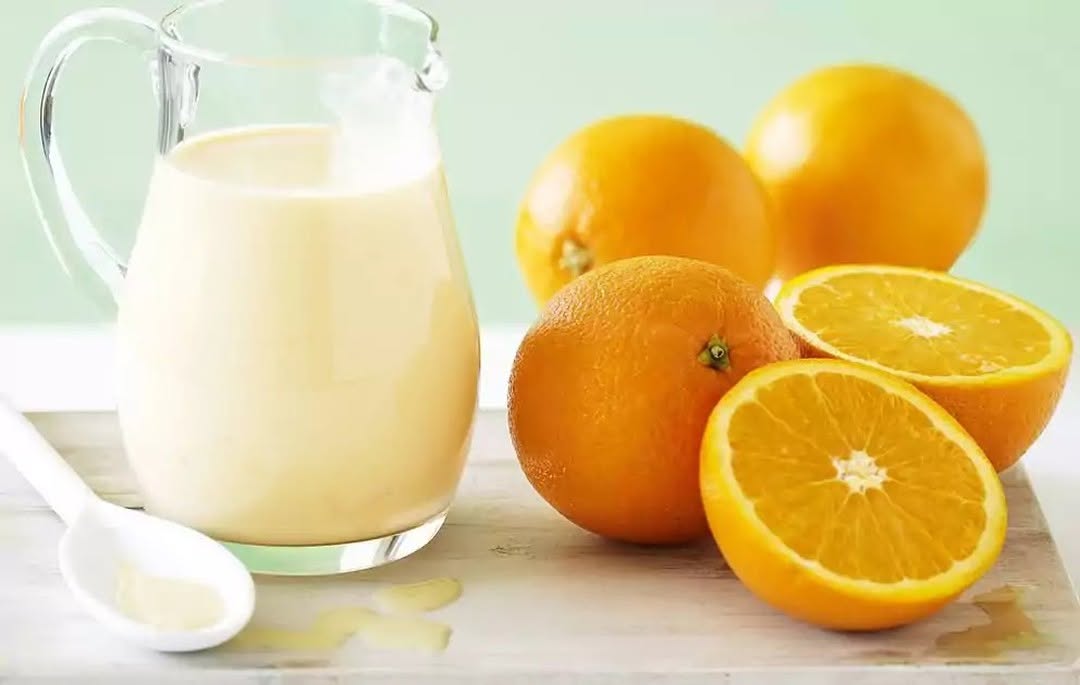
The combination of milk with citrus fruits like lemon or orange is notorious for causing unpleasant results. The acidity in citrus reacts with milk, leading to curdling and a lumpy texture that can ruin your dish or beverage.
This is particularly problematic in drinks like tea or cocktails, where smooth consistency is key. For creamy dishes with citrusy flavors, consider alternatives like yogurt or coconut milk, which are more stable with acidic ingredients.
2. Alcohol and Caffeine

The combination of alcohol and caffeine may seem fun, but it’s best avoided. Caffeine, a stimulant, masks the sedative effects of alcohol, making you feel more alert than you actually are.
This can lead to overconsumption of alcohol, which increases the risk of dehydration and other negative side effects. Stick to enjoying these beverages separately to avoid any potential health risks.
3. Garlic and Mint
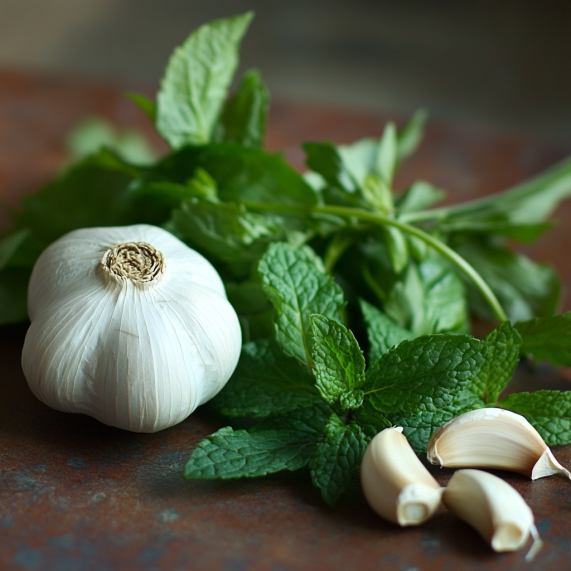
Both garlic and mint are flavorful ingredients, but their profiles clash in a way that can ruin a dish. Garlic’s pungent and earthy taste overpowers the refreshing and slightly sweet notes of mint.
This pairing can leave your dish tasting confused and unbalanced. If you’re making a dish with garlic, consider using parsley instead of mint for a complementary herb.
4. Cucumber and Tomato
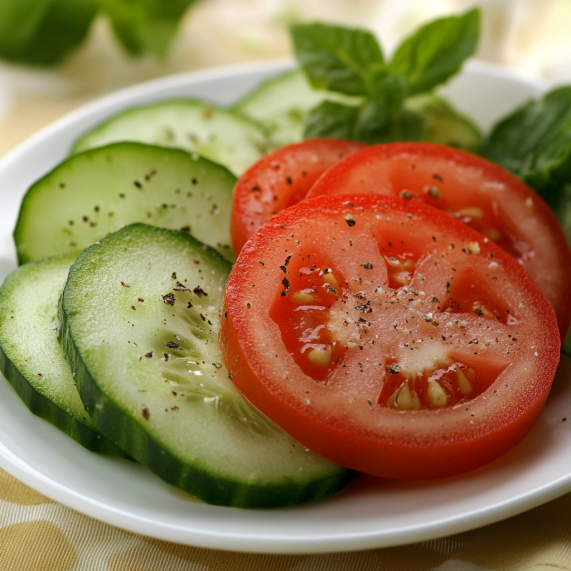
Popular salad ingredients, tomato and cucumber don’t play well together when it comes to digestion. These vegetables have different digestion times, with cucumbers digesting faster than tomatoes.
Eating them together can cause bloating and indigestion for some people. If you’re sensitive to this combination, try separating them in different meals or using other salad ingredients.
5. Cheese and Fish

Combining cheese with fish often results in a clash of strong flavors that can overshadow the dish. The creamy richness of cheese tends to overpower the delicate and subtle taste of seafood, diminishing its appeal.
This pairing can also leave an unpleasant aftertaste, making the dish feel unbalanced. For better results, pair fish with fresh citrus, aromatic herbs, or light sauces that highlight its natural flavors.
6. Honey and Hot Water
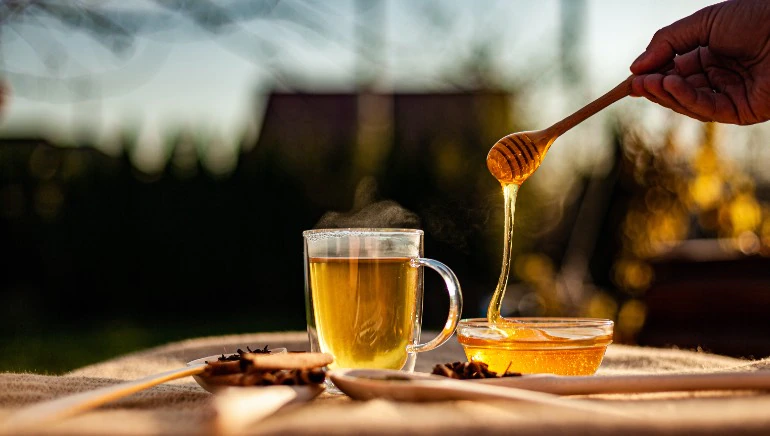
While honey in warm water is a common remedy, mixing honey with boiling water destroys its beneficial enzymes and can create toxins in trace amounts.
This combination also diminishes honey’s natural sweetness and flavor. Instead, let the water cool slightly before adding honey to preserve its health benefits and taste.
7. Pineapple and Dairy

The bromelain enzyme found in fresh pineapple can create issues when combined with dairy products like milk or yogurt. This enzyme breaks down proteins, causing curdling and resulting in an unpleasant texture and taste.
While pineapple smoothies or yogurt-based desserts may seem like a good idea, using canned or cooked pineapple is a safer option. The cooking or canning process neutralizes the enzyme, ensuring a smooth and delicious result.
8. Vinegar and Baking Soda

Mixing vinegar and baking soda might be great for cleaning, but it’s a no-go in cooking. The acidic vinegar reacts with the alkaline baking soda, creating carbon dioxide gas and water. While this reaction can create a temporary fizz, it often results in a flat or overly acidic dish.
Use this combination only when a recipe specifically calls for it, like in certain baked goods, where it’s carefully balanced.
9. Fruit Juice and Gelatin
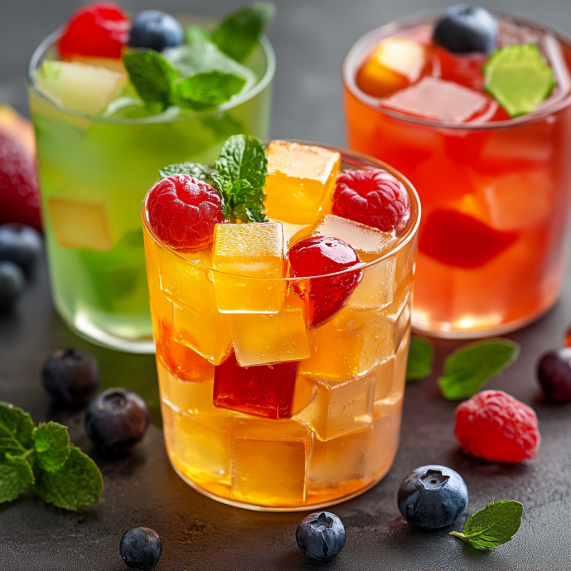
Fruit juices like pineapple, papaya, or kiwi can prevent gelatin from setting properly due to their natural enzymes. These enzymes break down the proteins in gelatin, resulting in a runny, unappetizing dessert.
To avoid this issue, use pasteurized juices or cook the fruit before mixing it with gelatin. This process neutralizes the enzymes and allows your dessert to set perfectly.
10. Eggplant and Milk
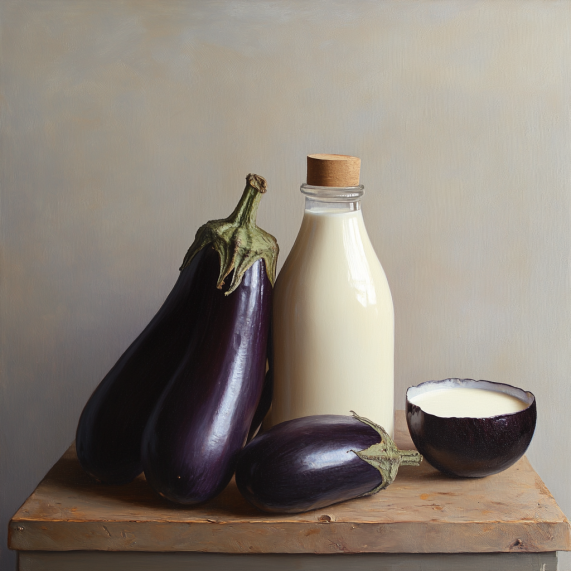
Pairing milk with eggplant can lead to digestive discomfort, as eggplant is known to cause bloating or gas in some individuals. When these two ingredients are combined, the potential for digestive issues increases, making the pairing less than desirable.
Beyond digestion, their flavors clash, often resulting in a dish that feels unbalanced or odd. For a more harmonious combination, use ingredients like tomatoes, garlic, or olive oil to complement the taste of eggplant.
11. Chocolate and Carbonated Drinks

Combining chocolate with carbonated drinks is a common mistake that can lead to discomfort. The high sugar content and caffeine in chocolate, combined with the gas from carbonated drinks, can cause bloating and indigestion.
This combination is also heavy on the stomach, making it less than ideal for those with sensitive digestion. Stick to pairing chocolate with milk or coffee for a more enjoyable treat.
12. Raw Meat and Marinades
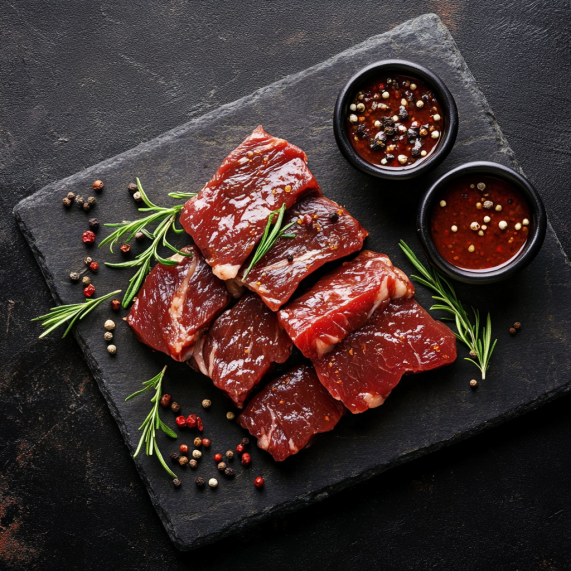
While marinating raw meat is essential for flavor, it’s dangerous to reuse the marinade as a sauce without cooking it thoroughly. The raw meat can contaminate the marinade with harmful bacteria like salmonella or E. coli. Always boil leftover marinade for a few minutes to ensure it’s safe to consume. Better yet, make a fresh batch of sauce using the same ingredients for a safer option.
Understanding which ingredients clash with one another is key to creating successful and enjoyable meals. Avoid these 12 combinations to ensure your dishes are flavorful, balanced, and safe to eat.
Cooking is as much about knowing what to avoid as it is about creating delicious pairings—so keep these tips in mind the next time you step into the kitchen!
Leave a comment